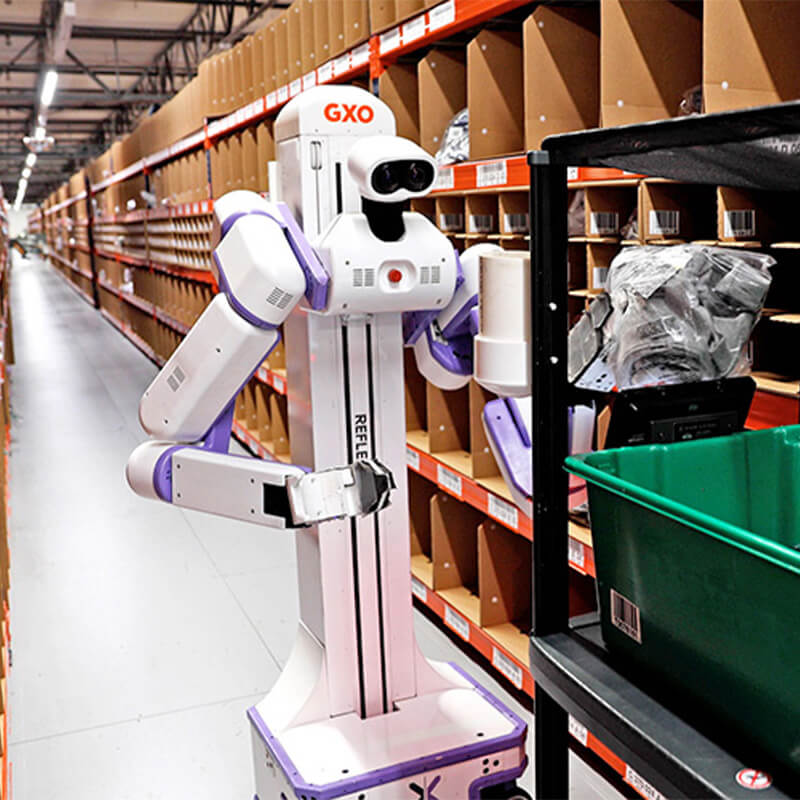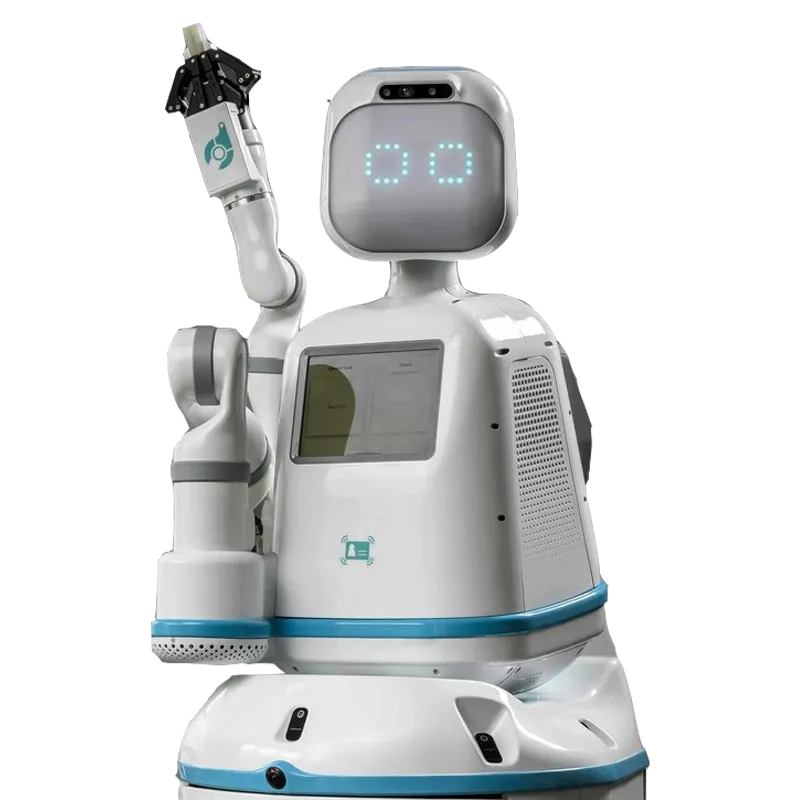Intro
Reflex Robotics is a New York-based robotics startup focused on building affordable, general-purpose humanoid robots designed to automate boring and repetitive physical tasks. Founded in 2022, the company aims to free human workers from mundane labor by deploying robots that can perform tasks such as packing beverages, palletizing warehouses, closing boxes, and picking totes from shelves.
Their robots are designed and built in-house, costing approximately 20 times less than other humanoid robots on the market. Reflex Robotics employs a “human-in-the-loop” approach, allowing remote human operators to intervene when autonomous systems encounter complex scenarios, thereby increasing reliability and operational flexibility.
The company has raised $7 million in funding led by Khosla Ventures, with participation from notable investors including co-founders of Dropbox and Cruise. Reflex Robotics collaborates with logistics companies such as GXO Logistics to deploy warehouse automation solutions. Their operational incubator model accelerates robot production and deployment, aiming for rapid scalability.
Robots
Reflex-Bot: A versatile humanoid robot capable of performing various warehouse and manufacturing tasks including packing, palletizing, and material handling. The robot operates at speeds 1.5 times faster than human workers in demonstrations.
Specialism
Specializes in low-cost, reliable humanoid robots designed for automating repetitive tasks in logistics, warehousing, and manufacturing environments. Their robots combine autonomous operation with remote human oversight to handle complex, variable tasks efficiently.
Business Viability
- Raised $7 million in seed funding from top-tier investors supporting growth and R&D.
- Robots cost significantly less than competitors, enabling wider adoption.
- Human-in-the-loop control improves reliability and task flexibility.
- Active partnerships with major logistics firms like GXO Logistics for real-world deployments.
- Small, focused team (<25 employees) enabling agile development and scaling.
- Growing production rate and operational deployments indicating market traction.
- Positioned to address labor shortages and rising labor costs in supply chain industries.






















